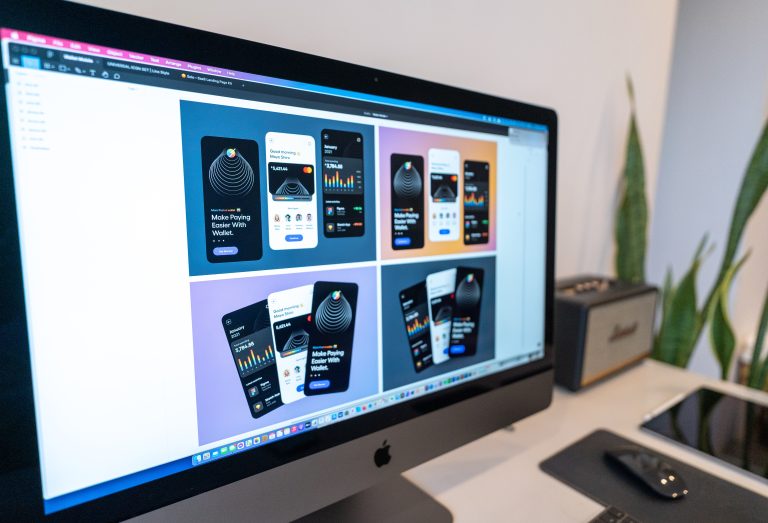
Mobile app development has become an integral part of the digital landscape, and at its core lies the pivotal role of User Experience (UX) design. In this fast-paced arena, where user expectations are ever-evolving, understanding and implementing mobile app design best practices are essential.
This article will explore the significance of UX design in mobile app development and delve into key principles that can guide you in creating exceptional mobile experiences.
Mobile App Design Best Practices
Mobile apps have transformed the way we live, work, and play. To ensure that your mobile app not only survives but thrives in this competitive ecosystem, consider these mobile app design best practices. If you want to learn essential steps about mobile app ux design, you can consider reading this article.
For an advanced outlook to the topic, you can find this guide helpful.
How to Design a Mobile App
Designing a mobile app isn’t just about aesthetics; it’s about crafting an immersive and intuitive user journey. Here’s a closer look at how to design a mobile app that captivates users from the first touch.
Mobile App Design: A Symphony of Creativity and Functionality
At the heart of any great mobile app lies an intricate blend of creativity and functionality. The design should not only be visually appealing but also functional and user-centric.
Mobile App UI Design: Aesthetic and Intuitive
User Interface (UI) design is the face of your app. It’s what users see and interact with. An effective UI design should be visually appealing, reflecting your brand identity, while also offering an intuitive and seamless user experience.
UX Design: Crafting User-Centric Experiences
User Experience (UX) design goes beyond the surface and delves into the overall user journey. It involves understanding user behavior, pain points, and preferences to create an app that not only meets their needs but exceeds their expectations.
The Marriage of UI and UX: UI/UX Design
The best mobile apps strike a perfect balance between UI and UX design, creating a harmonious marriage that results in an app that is both visually stunning and incredibly user-friendly.
Mobile App UX: The Heart of Retention
A well-designed user experience is a key driver of user retention. When users find your app easy to navigate and delightful to use, they are more likely to stay engaged and loyal.
The Art of Navigation
Efficient navigation is the backbone of any mobile app. Users should be able to move through your app effortlessly, finding what they need without frustration.
Speed Matters
In the fast-paced world of mobile, speed is crucial. Slow-loading apps can turn users away. Optimize your app’s performance to ensure it runs smoothly on various devices and network conditions.
Accessibility for All
Accessibility is often overlooked but essential. Your app should be usable by everyone, including those with disabilities. Incorporate features like alt text and scalable fonts to enhance accessibility.
Cross-Platform Compatibility
Mobile users are diverse, and your app should be too. Ensure that your app functions seamlessly across different platforms and screen sizes.
Conclusion
In the realm of mobile app development, where competition is fierce and user expectations are high, mobile app design best practices are the guiding stars that lead to success. By marrying the art of UI design with the science of UX design, developers can create apps that not only dazzle the eyes but also offer a seamless and enjoyable user experience. Remember, in today’s digital landscape, it’s not just about building an app; it’s about crafting an unforgettable journey for your users.
So, as you embark on your mobile app development journey, keep these best practices in mind, and you’ll be well on your way to creating apps that leave a lasting impression.


